How Much Do Pearls Cost? The Ultimate Pearl Value Guide

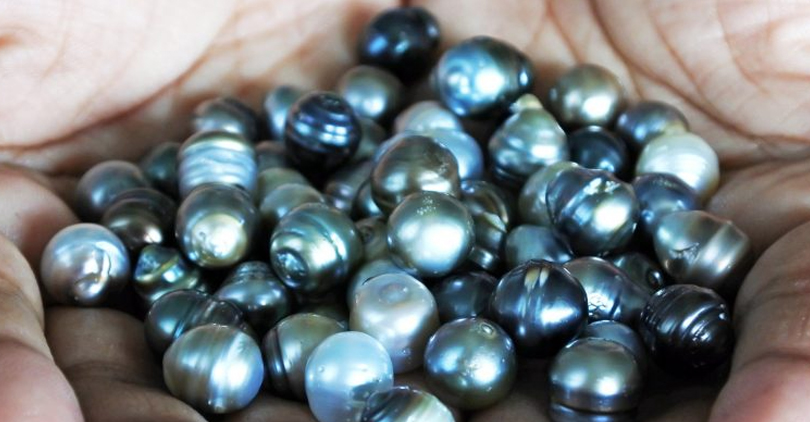
Have you given any consideration to what pearls actually cost? Being someone who knows a lot about jewelry, I understand how irritating it can be when trying to shop for them without knowing exactly what should be paid for what quality.
For instance, a pair of pearl earrings that are plain but nice may go for $150 – nothing much to complain about there, right?
But for a really good necklace from one of those well-known brands – the kind that calls itself “the best jeweler in the world” and charges consequently – you’re looking at parting with not less than $50,000.
However, here is something that might shock you: sometimes the price tag does not always indicate if something is worth its cost or not.
There are those in this business who use terms such as AAA+ to describe their pearls though what they mean by that might not be what you think it means.
These days if one wants to get value for their money, then they need to be extra careful. It seems like almost everyone is trying to make cash in whichever way they can, including selling items at prices that they do not deserve.
So, to avoid falling victim to such schemes, read the information in this article to help you navigate this market!
Types of Pearls
To fully grasp the intricacies of pearl pricing, it’s vital to first understand the various pearl types available in today’s market. Each possesses its own distinct traits and worth. Here, we explain them all:

South Sea Pearls
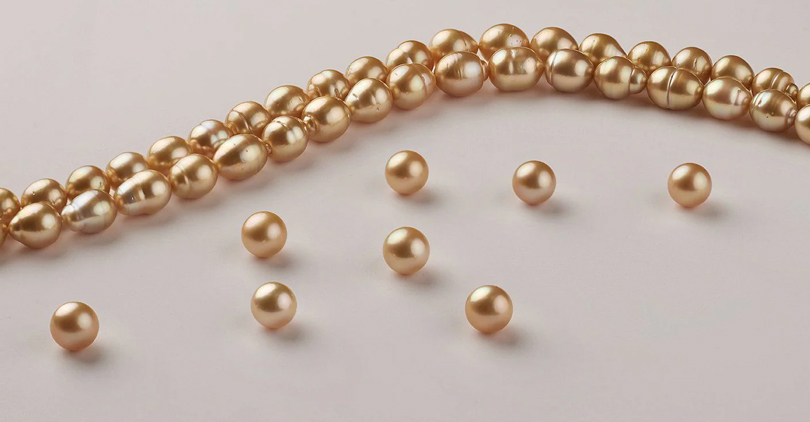
Often the priciest pearls around, South Sea varieties — which hail from Pinctada maxima oysters — also tend to be larger in size. They come in many colors; golden ones are especially costly. Prices for strands can run anywhere from $1,000 to north of $100,000.
Tahitian Pearls
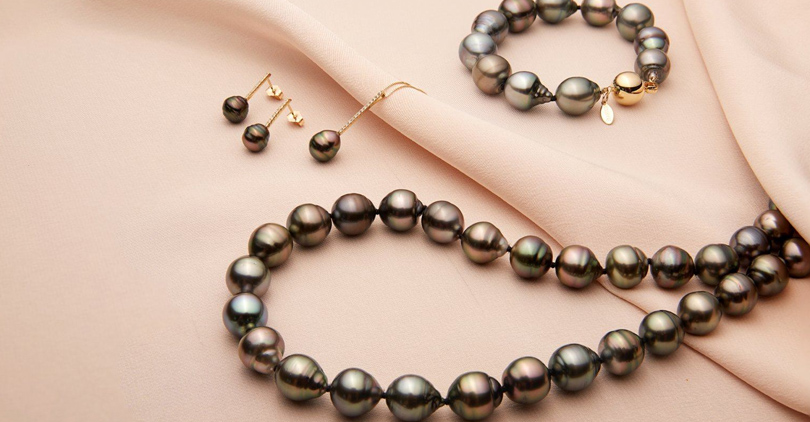
These exude exoticism: Tahitian pearls draw attention for their unusually dark tones as well as variety — they’re found in an array of shapes and sizes. Strands showcasing hues such as black, gray, green, or blue range between $500 and more than $25,000.
Akoya Pearls
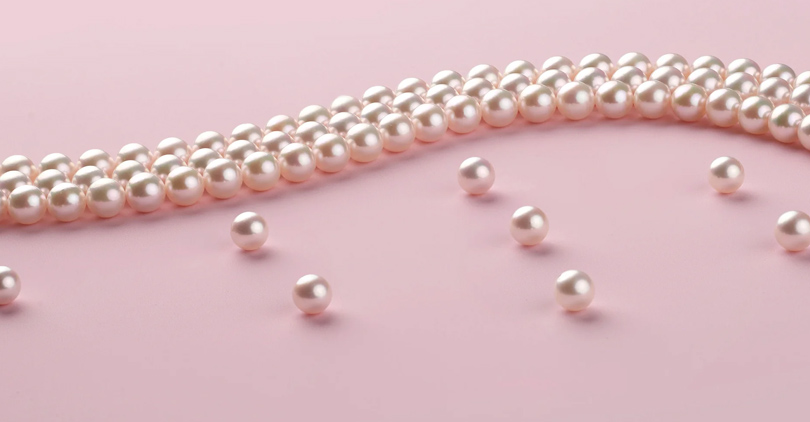
These round, white pearls were the first to be farmed successfully on a large scale. Though smaller than some others, Akoya pearls have real appeal because of their luster and lack of surface flaws. An Akoya pearl necklace can range from $300 to over $10,000.
Freshwater Pearls
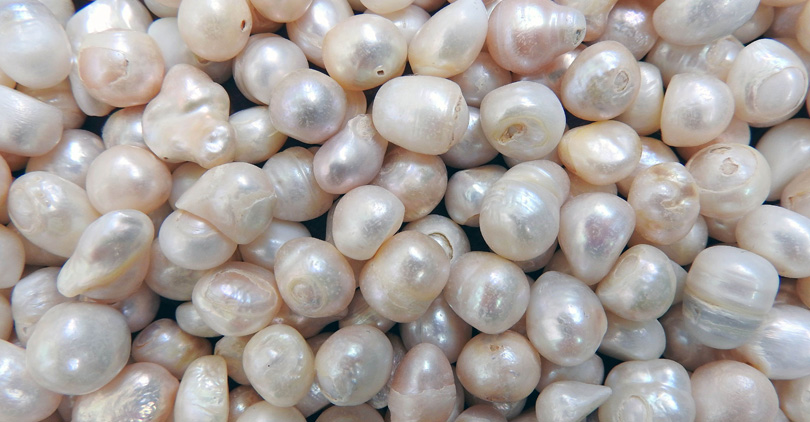
The most versatile type in terms of size, shape, and color, these are grown in freshwater lakes and ponds. Although not usually as lustrous or blemish-free as Akoyas, they’re an affordable way to own this gem. A freshwater string costs $50 to $2,000. A similar akoya strand might be ten times more expensive.
Factors Affecting Pearl Cost
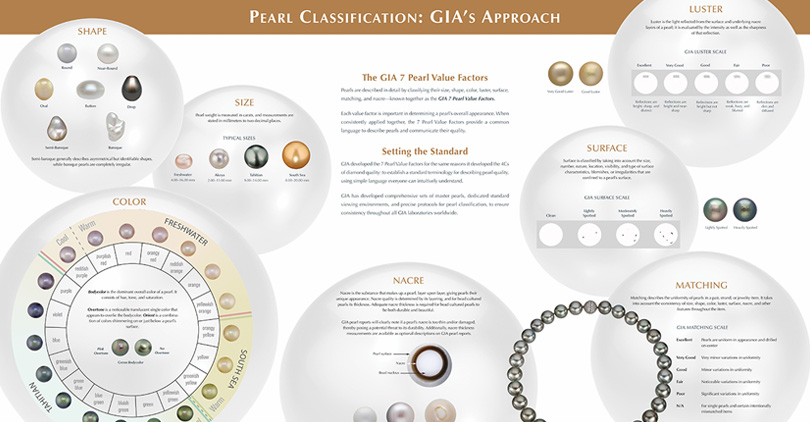
There are many reasons why pearls cost different amounts of money. If you know what these reasons are, you will be able to tell how much a pearl is worth.
Sometimes, you can also decide on a fair price for them. These are the main things that make pearls cost more or less:
- Size: People usually pay more for bigger pearls. One reason for this is that it takes longer for them to form inside the oyster. Another reason is that big natural pearls are not very common.
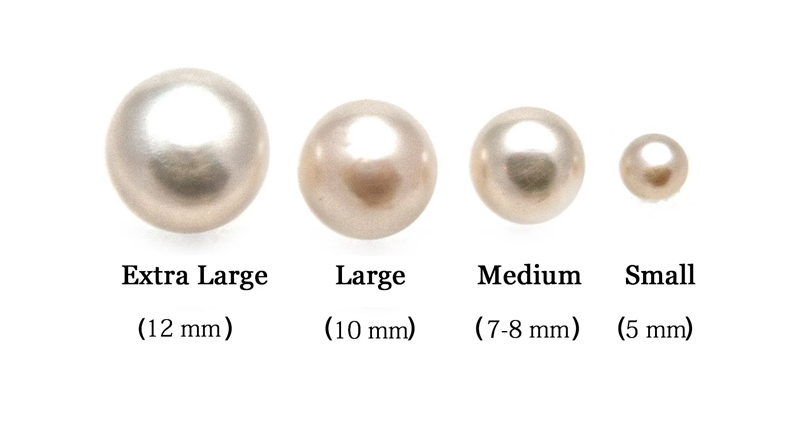
- Shape: Most of the time, round pearls cost more than others. But sometimes people want pearls that are not round—and will still pay good money for them.
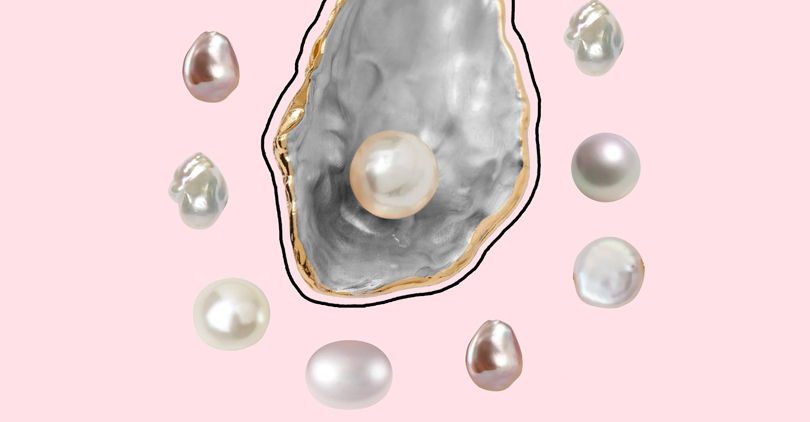
- Color: Some pearls are not white. They come in many different natural colors, too. The rarest ones are more valuable than others.
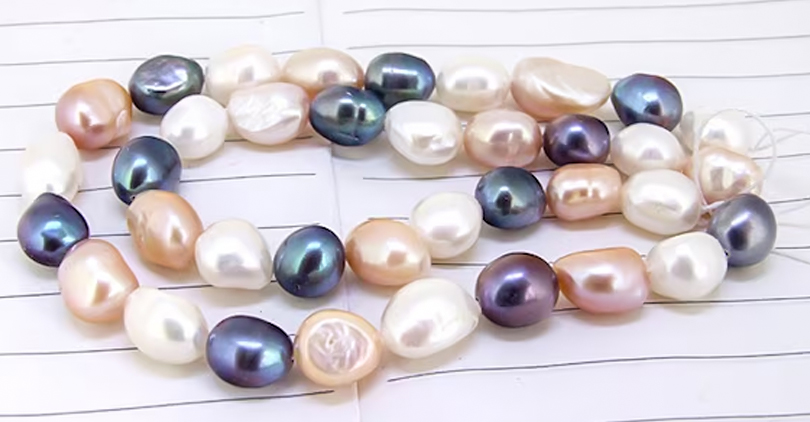
- Luster: Luster is something special about the way pearls shine. When a pearl has good luster, it means that you can see things clearly on its surface. Higher quality ones will reflect light like a mirror.
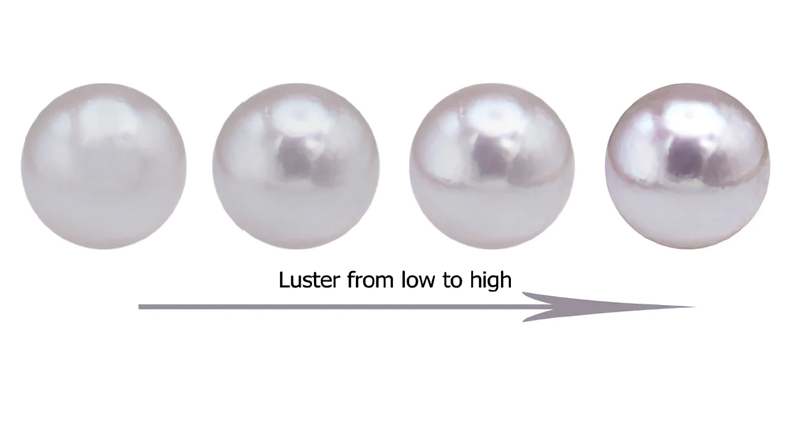
- Surface quality: These refer to marks or blemishes on the outside of the pearl. The fewer flaws there are, the more valuable it is.
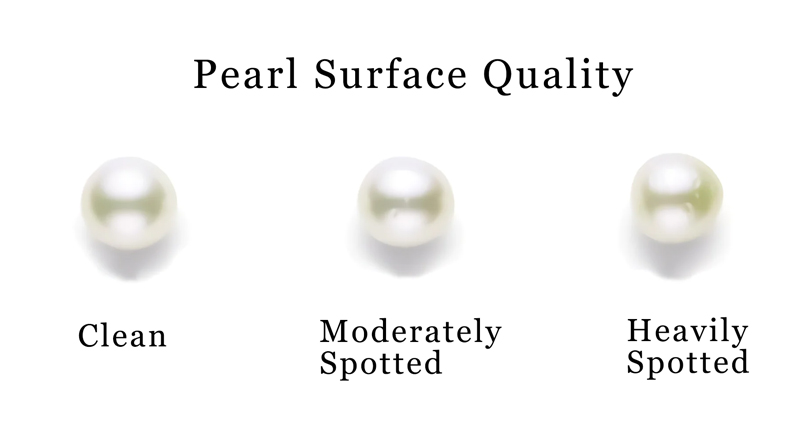
- Where they come from: Some kinds of pearls are always worth more than others. This has nothing to do with their quality, size, or anything else that normally affects a gem’s value.
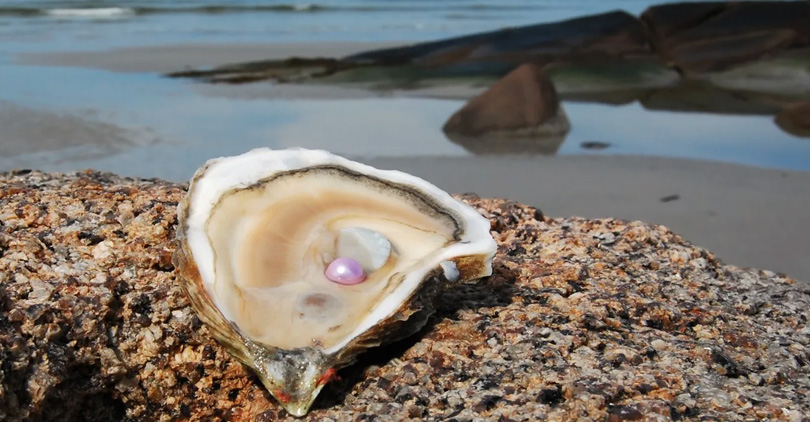
- Method of growing pearls: Pearls can occur on their own in nature or be made by people. You are more likely to find ones for sale that were made by people. Compared to natural pearls, which are very rare, these ones have lower costs.
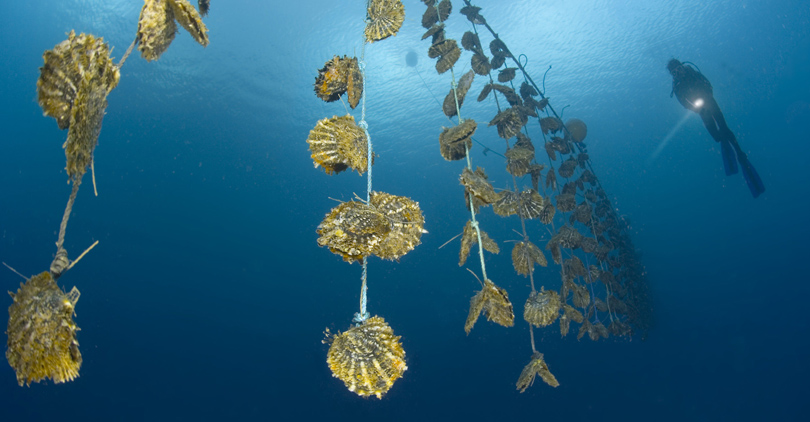
- Brands and how much people trust them: If a brand has been around for a while and is known for making good pearls, you might decide to pay more for one of their products because they have a reputation to protect.

Pearl Jewelry and Prices
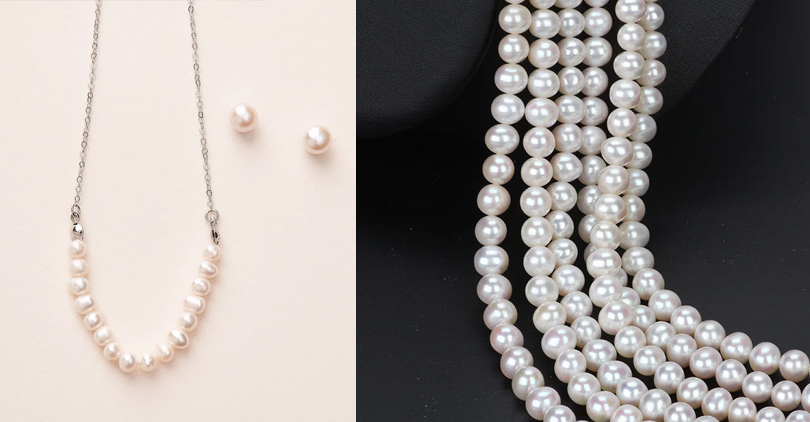
Various kinds of beautiful pearl jewelry can be bought at different prices. Some examples of these are earrings, necklaces, bracelets as well as rings. Below is some pricing information to see how much certain items might cost:
Pearl Necklace
The prices of pearl necklaces vary significantly as there are many types of pearls. You can find freshwater pearl necklaces that are quite charming and cost about $150 and versions with unusual South Sea pearls for $100,000 or even more than that.
Freshwater pearl necklaces are affordable. Their prices range from $150 to $3,000, offering you good value for money alongside quality. For instance, this white freshwater pearl necklace with pearls sized 4.0-5.0mm can be bought for only $299.
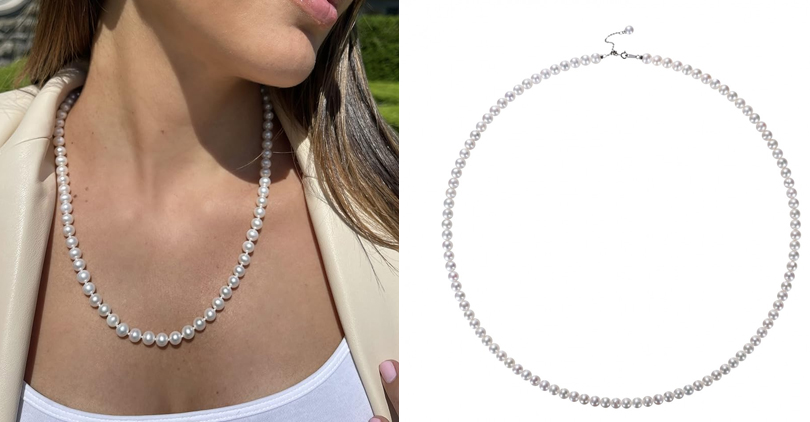
If you'd like something elegant that goes with anything – go for an Akoya pearl necklace. These start at about $220 and go up to around $8,000 for naturally black versions.
Tahitian pearls are amazing because of their naturally dark colors. To buy something from this range will set you back around $600 all the way up to about $30,000 for an exquisite multicolor strand that has pearls sized between 10.0-12.0mm. The example given here costs $5,429 and is of AAAA quality: the best available!
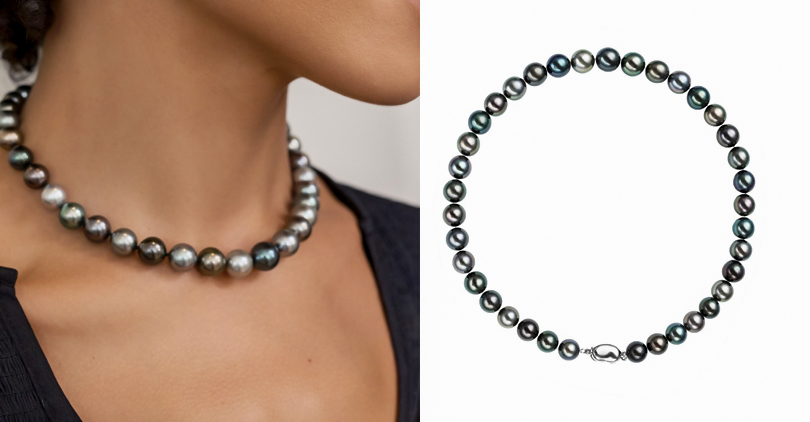
South Sea pearls are considered the rarest, and they cost from about $950 to more than $40,000 for a good strand. Some may even cost more depending on their qualities. These are called exceptional because not all pearls within every type show the same level upon grading.
Pearl Earrings
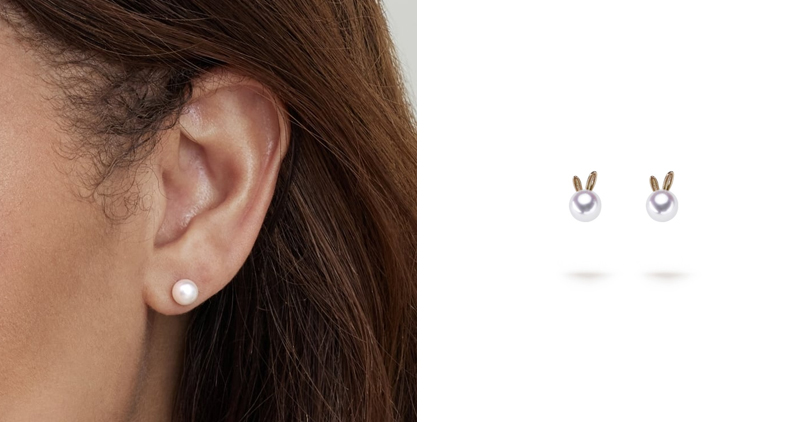
Freshwater pearl earrings are priced from $100 to $1,000. If you prefer something that never gets old in terms of fashion, Akoya pearl earrings are worth checking out. They cost between $100 and $2,000.
As an illustration, a pair of beautiful 5.5-6.0mm Akoya Pearl Rabbit Ear Stud Earrings in Sterling Silver - AAAA Quality is valued at $199 only.
Tahitian pearl earrings are for those who want something different yet striking; they range from $150 to $3,500.
For something more expensive but also more remarkable (they are known for being big and shiny), go for South Sea pearl earrings. Their prices vary between $200 and $4,000.
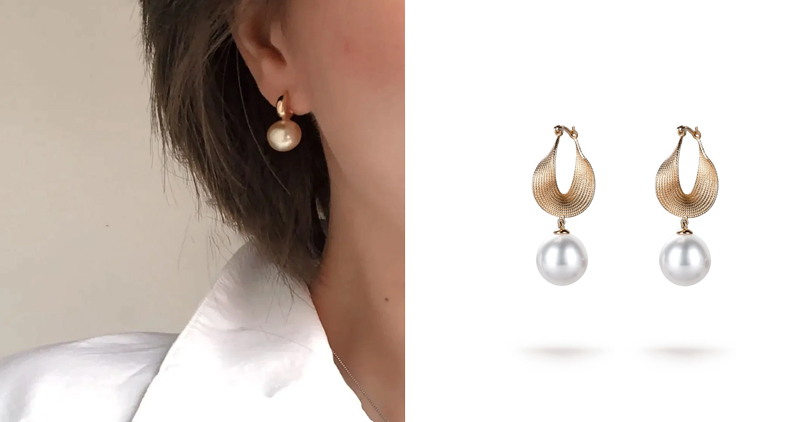
For instance, these 10.0-11.0mm White South Sea Round Pearl Bohemian Hoop Earrings in 18K Gold - AAAAA Quality cost $1,976.
Pearl Ring
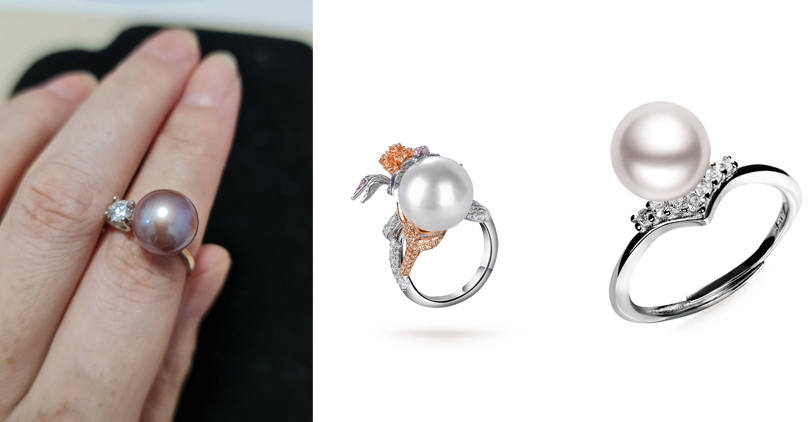
If you want to buy a pearl ring, you should know that their prices change depending on the kind of pearl they have and how they’re designed.
You can find ones that are cheap, starting at about $50. These might be plain rings made of freshwater pearls from rivers or lakes. They’re great because lots of different people can buy them and they look nice on anyone.
Rings in the middle price range are between $100 and $500. They are often made with better-quality freshwater pearls. Sometimes, they also have gems or are designed more carefully.
Luxury rings are the most expensive. They have pearls from the sea in them — either Tahitian or South Sea pearls. The pearls are bigger, and lots of times, they are worth more overall because they’re also nicer somehow. These rings cost between $500 and several thousand dollars.
So, while you can buy an AAA quality 8.5-9. 0mm White Freshwater Pearl Princess Ring for $139, the more exclusive AAAAA quality 12.0-13.0mm White South Sea Pearl & Diamond Flower Ring in 18K Gold will cost $7,277.
Pearl Bracelet
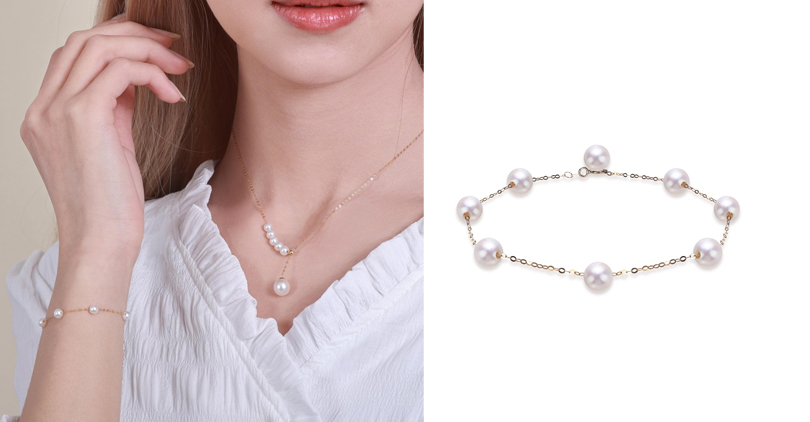

Pearl bracelets are a sign of elegance and taste. They come in different price ranges so that everyone can afford them. Freshwater pearl bracelets are not expensive.
In fact, some of them cost as little as $100. An example would be the 5.0-6.0mm White Freshwater Pearl Tin Cup Bracelet in 18K Gold - AAAA Quality, which can be bought for only $209. Of course, there are also ones as expensive as $1,800.
Akoya pearls are perfect if you want something that looks normal but still very nice (they're known for being shiny and kind of round). These cost between $200 all the way up to $4,500.
Tahitian pearls are more noticeable because they're a dark color that's not common among other types of pearls. If you're interested in these, expect prices ranging from $500 to around $5,000.
South Sea pearls are some of the biggest ones out of all types of pearls, and they also come in a light color that looks almost like it's glowing.
Naturally, this makes them one of the most liked kinds of pearls—at least for those who can afford them! These cost between $700 and $10,000.
Tips for Buying Pearl
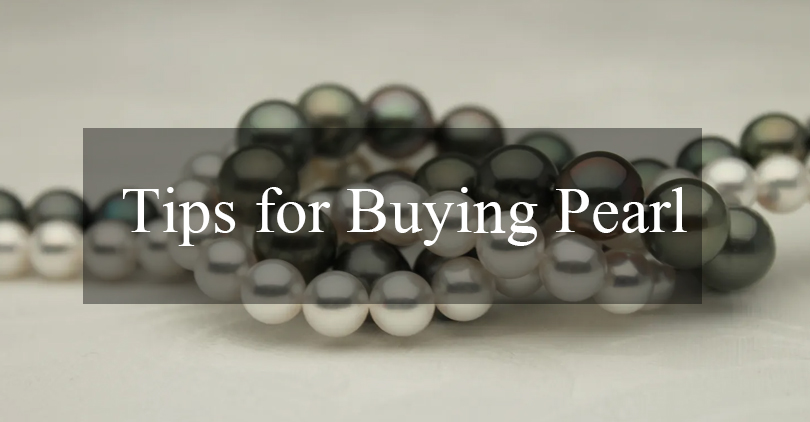
As a savvy shopper looking to make the most of your hard-earned cash, there are some key things you should bear in mind before shelling out on pearl jewelry – check out our top tips below:
- Know your pearls: Familiarise yourself with the different types of pearls available, as well as their qualities and typical price range, so that you can decide what’s right for you. Doing your homework now will save confusion later.
- Set financial boundaries: Decide how much you’re willing to spend on a pearl necklace (or whatever item you have in mind) before embarking on your search. That way, you won’t accidentally fork out more than planned, it’ll be easier to narrow down options later.
- Quality over quantity: While it might be tempting to go for sheer size alone when choosing pearls, remember that factors such as luster (how shiny they appear), surface quality (whether or not they have visible marks), and color (if any particular shade catches your eye) can play a big part too – even if it means opting for slightly smaller specimens overall.
- Stick with reputable sources: Whether shopping online or IRL (that’s ‘in real life’), go with companies others vouch for; established sellers tend to provide certificates stating origin authenticity, etc.
- Shop around: Don’t settle for the first retailer or website that comes up during an internet search. But take time to see what else is available elsewhere, too. Doing this ensures not only the best value (even if the difference is small!)
Bottom Line
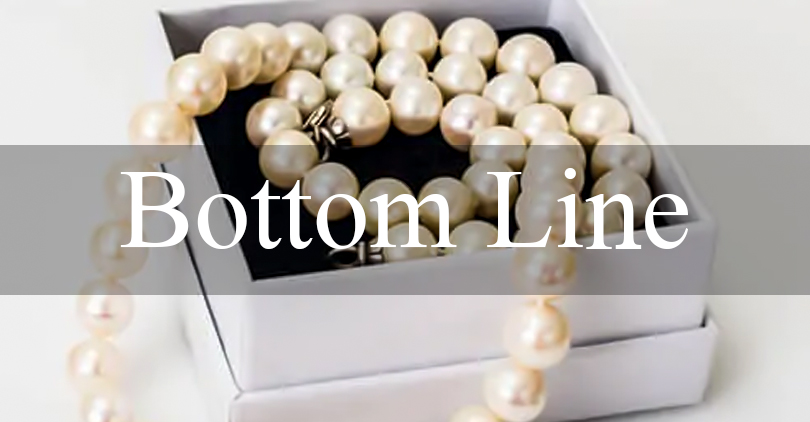
When it comes to buying pearls, your bill can vary quite a bit based on factors like color, size, type, shape, and whether they're from a famous brand.
You'll find different options at every price point if you shop around. Freshwater pearls are less expensive than South Sea ones, for example.
But no matter what kind of pearl jewelry you want – necklace or earrings– be sure to do some research before opening your wallet.
Figure out how much money you can afford first (so there won't be any surprises later), then look into who sells quality pieces and has good customer reviews.
FAQs
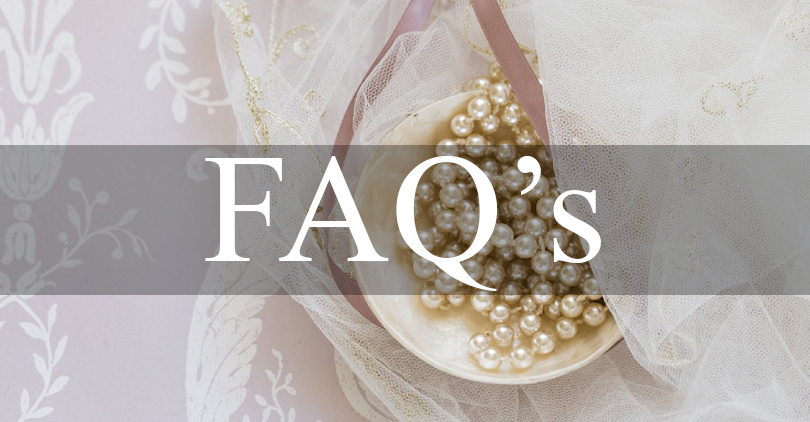
Are cultured pearls less valuable than natural ones?
Just because they’re not rare doesn’t mean you can dismiss cultured pearls as cheap. They still fetch high prices and are valued hugely – sometimes they look better quality than natural ones.
What is the most valuable pearl type?
Generally, the South Sea is considered the most valuable type of pearl. Because they’re big, hard to find naturally, and have a beautiful, lustrous appearance, people will pay a lot for them.
Which pearl color is the most expensive?
The most expensive color obviously depends on what’s scarce and in demand at any given time. But usually, golden South Sea pearls – which are rare with their warm hue – would be among the priciest options available.
How to calculate the worth of a pearl?
To get an idea about how much your pearl might be worth, you need to think about lots of things, including size, shape, shine (or “luster”), surface blemishes (or lack thereof), color, where it came from and whether or not it has brand recognition going for it.


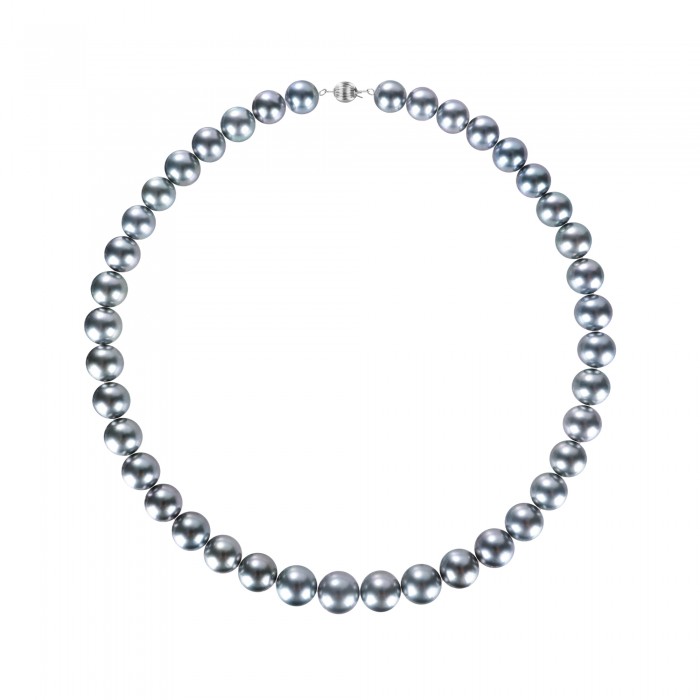
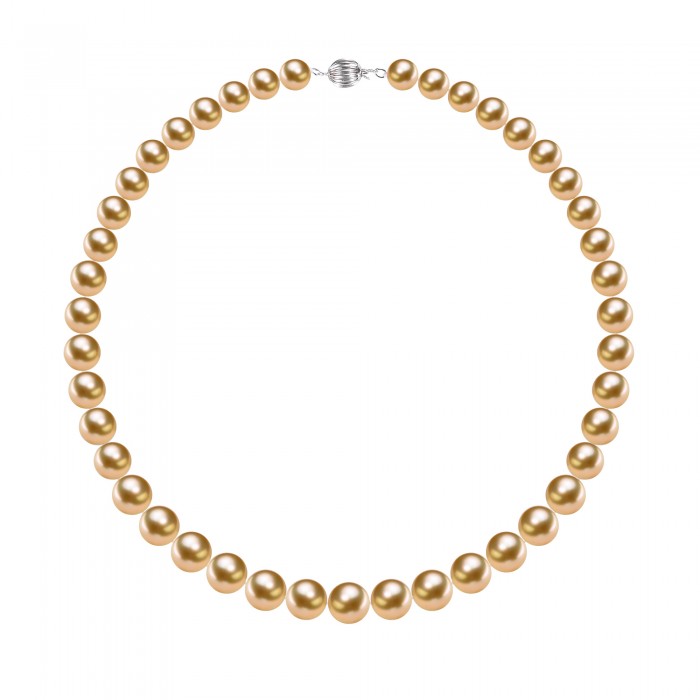
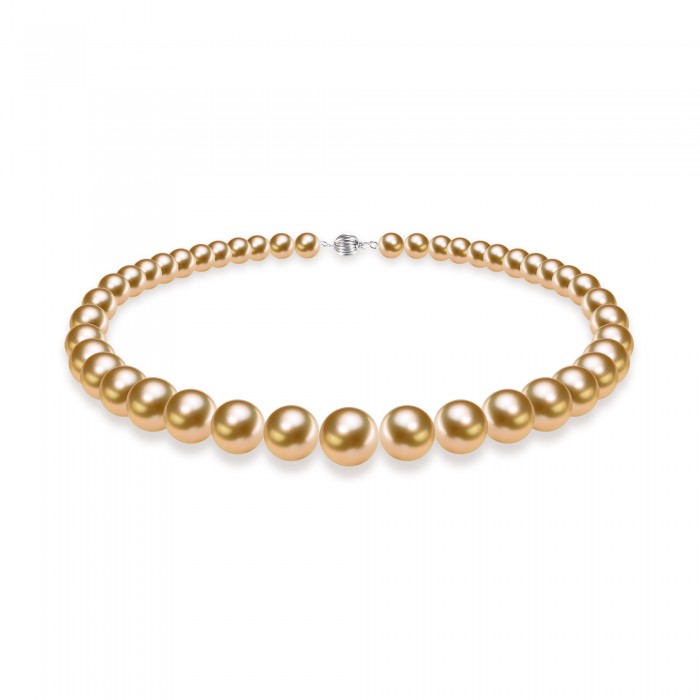
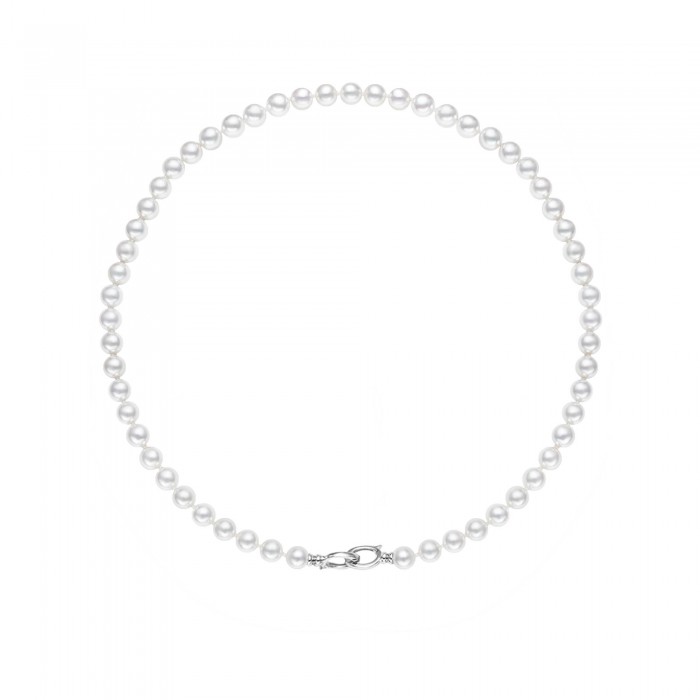
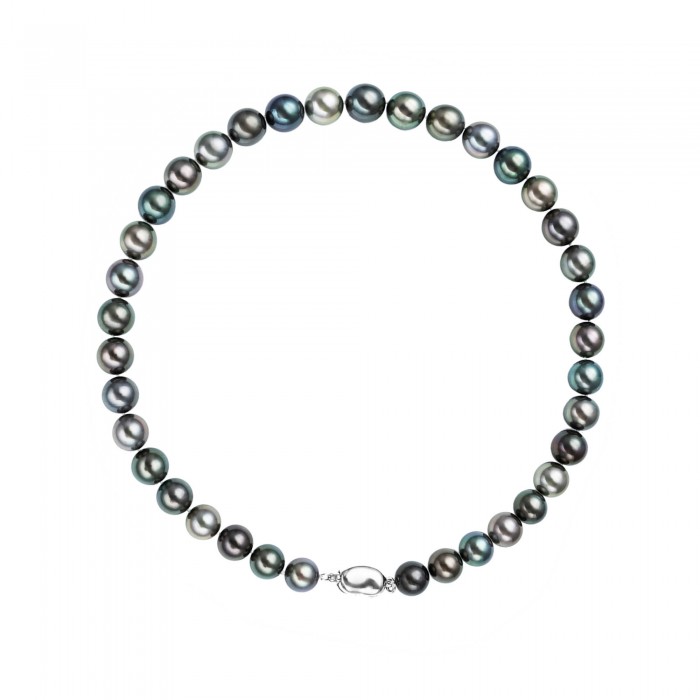
Leave a Comment